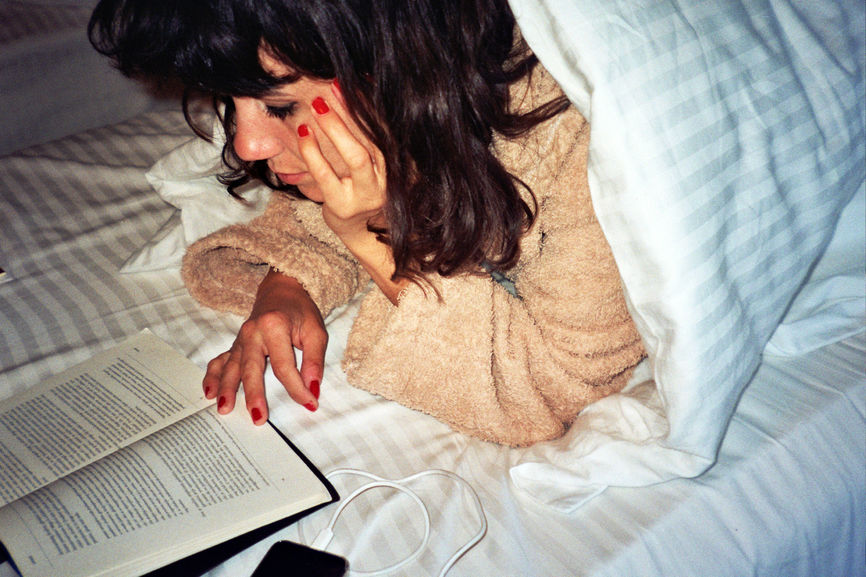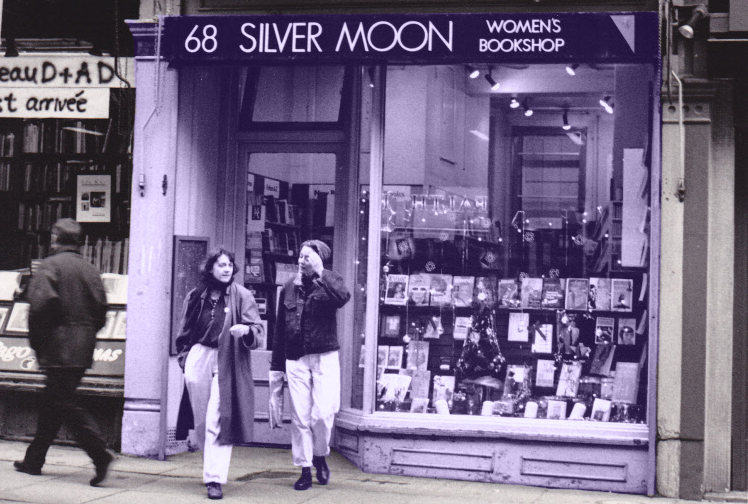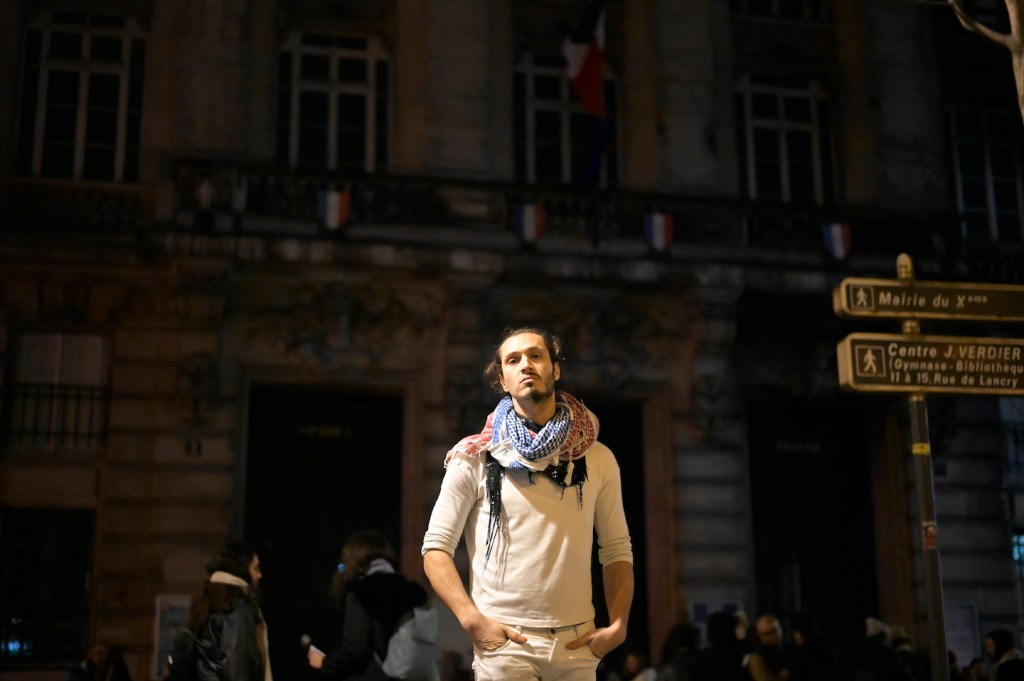A largely forgotten footnote in Amazon’s history is the time that the online retail giant sat down with the owners of a feminist bookstore and asked them: “Are you gay?” and “Have you had any interest in promoting lesbian ideals in the community?” These bizarre questions were part of a strange and awkward legal battle between Amazon.com and the tiny Amazon Bookstore Cooperative in Minneapolis, which sued the larger company for trademark infringement in 1999.
The feminists, who had been in business for decades, were sick of dealing with calls from confused customers and initiated a legal suit after attempts to resolve the issue informally went ignored. During the deposition, lawyers for Amazon.com repeatedly asked the owners about their sexualities, arguing that Amazon Bookstore Cooperative was a lesbian business catering to a lesbian audience and in a fundamentally different market to Amazon. Eventually they settled out of court, with the bookstore retaining use of the name but assigning its common-law rights to use the name to Amazon.
Videos by VICE
Amazon Bookstore Cooperative closed down in 2012, but its legacy in feminist circles goes far beyond its spat with the online retailer. Established in 1970, it was a scrappy little operation that persevered through poor building conditions and frequent moves to become one of the first of over one hundred feminist bookstores to spring up in North America by the mid-90s. Like others, it was vital to its local community’s feminist education, operating as a friendly and accessible entry point to a vast political network. Many of these spaces have disappeared over time, but they remain part of an important literary heritage that feminists and queer people can still draw from today.
The affinity between print and feminism stretches back to the earliest days of movement, but feminist bookstores are very much a product of the second wave. Invigorated by the blossoming feminist and gay rights movements of the early 1970s, a rapid emergence of feminist spaces and infrastructure that could offer tangible support to women’s creative efforts emerged across North America. It was a phenomenon that became known as “women’s culture”, or the Women in Print movement, and it laid the foundations for a revolution in feminist literary projects.
It was also extremely queer. Elvis B., co-founder of NYC Feminist Zine Fest and coordinator at the Lesbian Herstory Archives, is the author of a zine called Where Have All the Feminist Bookstores Gone?, which looks at the history of the women’s print movement and its heavy LGBTQ influence, particularly when it came to the management of feminist bookstores.
Watch: Running an Erotic Publishing Empire
“It was basically led by lesbians,” they told me in an interview. (Elvis uses they/them pronouns.) “Different places have different histories, but to call feminist bookstores just ‘women’s spaces’ is bizarre.” Their zine details how mainstream publishers scoffed at the work of women and LGBTQ people, propelling them to create their own printing presses, publishing houses, distribution networks, and bookstores, culminating in a feminist literary culture that felt like an unstoppable force. As Carol Seajay, owner of a San Francisco feminist bookstore and founder of the influential Feminist Bookstore Network newsletter, reflected in 1997: “There was a sense then that if we wanted to turn over patriarchy, we could… it was a dyke thing to do everything ourselves.”
The feminism of the 70s and 80s encouraged women to consider the full scope of their position in life—to see the personal as political—and compelled them to talk oppression and liberation wherever they could find the space. Bookstores were frequently the central social hubs for this grassroots organizing, providing a home base for the local movement.
“Bookstores were a place for activist projects and feminist writers to overlap—they were meeting spaces,” said Elvis. “A lot of the authors that we now think of as iconic were giving readings in these little local feminist bookstores.” Intergenerational crowds would gather in cramped rooms to listen to the likes of Pat Parker and Audre Lorde, who in turn created groundbreaking work that fed the feminist movement and brought readers to feminist bookstores. Feminist texts that had gone out of print such as Zora Neale Hurston’s Their Eyes Were Watching God were brought back through mimeographs and photocopies, distributed through feminist bookstores and introduced to a new generation. It was a self-sustaining cycle that Elvis calls “the feminist publishing ecosystem,” with bookstores settled at the heart of it all.

The action wasn’t limited to the US. British feminists were also engaged in feminist culture-building. Bookstores appeared across the pond with similar vigor; Sisterwrite and Silver Moon in London and Womanzone in Edinburgh were all in operation by 1984, as well as several feminist-oriented radical bookstores such as Liverpool’s News from Nowhere. There was an explosion of feminist magazines and periodicals like Shrew and the iconic Spare Rib, as feminists abandoned misogynist media outlets (where they were frequently asked to do secretarial work) and founded their own.
Women were eager to take ownership over every part of the print and publishing industries, rolling up their sleeves to learn how to do everything from budgeting to physically operating machinery. Elvis notes that many of them were attracted to what an American publisher called “the sheer butch glamor of printing,” relishing the project of creating a publishing industry as separate as possible from patriarchal society. The founder of Sisterwrite recalled in an interview with the Lesbian History Group how Onlywomen, a feminist press, “had to go out and learn to print in order to get control of the whole process, in order to be able to publish what they wanted and how.”
It’s easy to wax nostalgic over these spaces, most of which closed over the past decades due to a slow process of gentrification and declining print sales, but feminist DIY culture is far from over. Cherry Styles and Esther McManus are two of the many feminist artists and publishers engaged in print work in the UK, and they’re taking inspiration from archive material of London-based feminist groups to create a new platform for feminists to share ideas, information, and resources.

Tentatively named the Feminist Print Network, the pair want to find a way to connect not only the currently existing feminist print organizations and individuals, but all feminists engaged in creative work, particularly those operating outside of mainstream networks. Their aim, stated in a recent newsletter, is to “create a nationwide support network” for “inventive collaboration, skill-sharing and the (re)distribution of resource,” while also acknowledging “the legacies of radical print and the political implications of self publishing.”
The Feminist Print Network hope to draw on the successes of previous movements while updating their values for the current age. Many feminist groups and print projects were women-only spaces, which McManus described in a Tumblr post as “the right thing for someone, at a certain point in time… but not the right thing for us.” She acknowledges that while gender-segregated organizing was of great importance to earlier feminist movements, a contemporary approach should consider oppressions that are “more far-reaching” than gender alone, and the Feminist Print Network is currently open to membership for anyone who wishes to join.
For More Stories Like This, Sign Up for Our Newsletter
They have hosted a number of virtual and IRL meetings and feedback sessions, taking pointers from their community to get a sense of interest and learn what kind of resources are most needed right now. In time, it hopes to go some way to rebuilding the interconnected feminist print communities of earlier movements.
There is an optimism to the activism of the 70s that seems difficult to replicate in a tense and depressing 2018, but in spite of vanishing community spaces and political turmoil, a feminist print culture is thriving. The spirit of the original women in print movement shines through in the sprawling network of feminist zine fairs and printmakers, in projects like Oomk and Gal-Dem, and in the handful of feminist bookstores and libraries that still exist today. Our foremothers have left us ample guidelines on what a unified feminist print movement could look like—it’s up to us to pick up where they left off.




